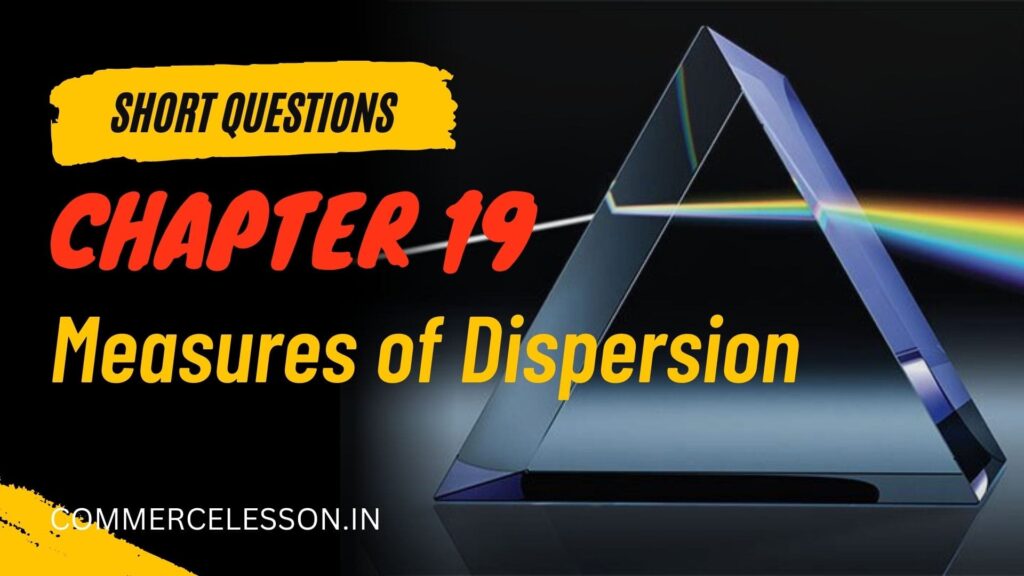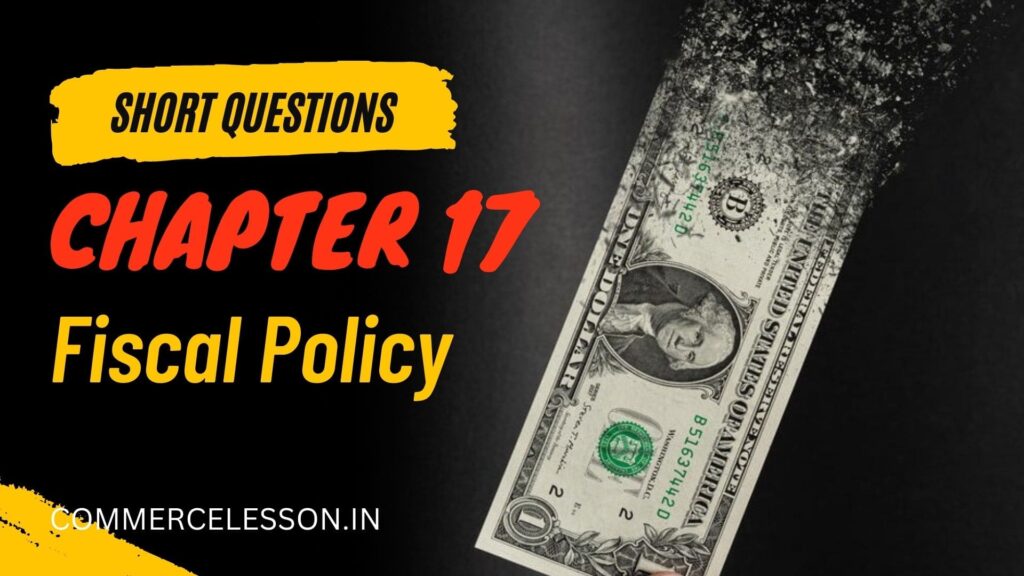ECONOMICS – 2015
Part – A (Marks : 60)
1. Answer the following questions (Alternatives are to be noted) : [2×10=20]
(a) Mention two factors influencing the individual demand for a commodity.
Answer: Two factors that determine individual demand for a product are – (i) tastes and preferences of the individual, (ii) income of the individual.
Or, What is meant by ‘change in demand’?
Answer: When demand for any commodity changes due to change in any factor other than its own price, it is called change in demand.
(b) As the price of a commodity decreases from Rs. 4 to Rs. 2, the quantity demanded increases from 10 kg to 15 kg respectively. Find out the magnitude of price elasticity of demand for the commodity.
Answer:

Or, What is the meaning of perfectly inelastic demand?
Answer: When the quantity demanded for a commodity is not responsive to change in price, it is called perfectly inelastic demand. Here, e = 0.
(c) State the relation between average and marginal cost of production.
Answer: When AC decreases, MC < AC, when AC increases, MC > AC and when AC is stationary, MC = AC.
Or, Give two examples of fixed cost of a firm.
Answer: Two examples of fixed costs are – interest on loan taken by the firm and insurance premium.
(d) What is deficit budget?
Answer: When the expenditure exceeds income in a government budget, it is called a deficit budget.
Or, Mention two fiscal measures to control inflation.
Answer: Two fiscal measures to control inflation are-
(a) Keeping the taxes same, the government can reduce its own expenditure.
(b) Instead of decreasing the expenditure, the government can increase its taxes.
(e) Define standard deviation.
Answer: Standard deviation of a set of observations is the square root of the A.M of squares of deviations from A.M.
Or, Mention any one advantage and one disadvantage of range as a measure of dispersion.
Answer: Advantage of Range – Range is simple to calculate.
Disadvantage of Range – Range cannot be calculated from the frequency distributions with open-end class.
(f) Draw the marginal revenue curve corresponding to the upward sloping region of the total revenue curve.
Answer:

(g) Mention two causes of poverty in India.
Answer: Two reasons for the persistence of poverty in India are-
(i) Unemployment and low wages and
(ii) Income inequality.
Or, What is seasonal unemployment?
Answer: When workers remain unemployed in some seasons of the year, it is called seasonal unemployment. For example: In a lean season, there exists seasonal unemployment in agriculture.
(h) What is the difference between life insurance and general insurance?
Answer:
| Life Insurance | General Insurance |
|---|---|
| 1. Life Insurance is a contract of assurance. | 1. General Insurance is a contract of indemnity. |
(i) Mention two recommendations of the Narasimham Committee.
Answer: Two recommendations of the Narasimham Committee are-
(i) the statutory liquidity ratio (SLR) should be reduced from 38.5% to 25% over a period of five years.
(ii) the cash reserve ratio (CRR) should be progressively reduced.
(j) Mention two functions of World Trade Organisation.
Answer: Two major functions of WTO are:
(a) WTO will try to execute the conditions contained in the WTO agreement and to promote multilateral trade agreements.
(b) WTO will function as a forum of discussion among the member countries.
2. Answer the following questions (Alternatives are to be noted) : [5×8=40]
(a) Explain diagrammatically the relation between average product (AP) and marginal product (MP).
Answer: Click here
Or, Explain with illustration, the internal economies of scale that arise in large scale production.
Answer: Click here
(b) Explain how short-run equilibrium of a firm is reached in a perfectly competitive market.
Answer: Click here
Or, Discuss the long-run equilibrium of a firm under perfect competition.
Answer: Click here
(c) Discuss briefly the modern theory of rent.
Answer: Click here
Or, Explain why the individual supply curve of labour is backward bending.
Answer: Click here
(d) Discuss the value-added method of measuring national income of a country.
Answer: Click here
Or, Explain with an example, the concept of ‘circular flow of income’.
Answer: Click here
(e) Discuss the functions of a central bank.
Answer: Click here
(f) Explain, with example, the distinction between balance of trade and balance of payments.
Answer: Click here
Or, When does deficit occur in a balance of payments? How can such deficit be removed?
Answer: Click here
(g) The weights (in kg) of 6 children in a class are :
16, 15, 15, 16, 15, 16.
Find the standard deviation of their weights.
Answer: Click here
Or, Write a note on how income inequality in a country is measured with the help of Lorenz Ratio.
Answer: Click here
(h) Give an account of the measures taken by the Government of India for the eradication of poverty in India.
Answer: Click here
Part – B (Marks : 20)
1. Select the correct answer from the alternatives : [1×10=10]
(i) Economic Reforms Programme was first adopted in India in the year
(a) 1981
(b) 1986
(c) 1991
(d) 1996
(ii) The primary reason for income inequality in India is
(a) population growth
(b) inflation
(c) black money
(d) unemployment
(iii) Disguised unemployment is generally found to exist in the
(a) agricultural sector
(b) industrial sector
(c) banking sector
(d) transport sector
(iv) The difference between the maximum and the minimum values of a set of observations is called
(a) Standard Deviation
(b) Lorenz Ratio
(c) Variance
(d) Range
(v) If government expenditure increases by Rs. 1,000 and if marginal propensity to consume is 4/5, then natinal income will increase by
(a) Rs. 1,000
(b) Rs. 4,000
(c) Rs. 5,000
(d) Rs. 10,000
(vi) The sum of marginal propensity to consume and marginal propensity to save will be
(a) 1
(b) 2
(c) 3
(d) 4
(vii) The absolute value of price elasticity of demand at the equilibrium point of a monopolist will be
(a) equal to 1
(b) greater than 1
(c) less than 1
(d) infinite
(viii) If percentage change in price equals the percentage change in supply the value of price elasticity of supply is
(a) 0
(b) less than 1
(c) 1
(d) greater than 1
(ix) A firm reaches the shutdown point where
(a) AC is minimum
(b) MR touches AVC at its minimum point
(c) MC is minimum
(d) MR intersects the AC
(x) As output increases, average fixed cost
(a) decreases
(b) increases
(c) remains fixed
(d) initially decreases and increases thereafter
2. Answer the following questions (alternatives are to be noted) : [1×10=10]
(i) Write true or false : Risk can be prevented by insurance.
Answer: False.
(ii) Write true or false : Inequality of income is greater in urban areas than in rural areas.
Answer: True.
Or, Write true or false : Seasonal unemployment is found to exist only in agriculture.
Answer: False.
(iii) Determine the range of the following values : 119, 213, 79, 98, 223, 117.
Answer: 144.
Or, If a study on a number of students shows that they are all of the same age, what will be the value of standard deviation of their age?
Answer: Zero.
(iv) Write true or false : A monopolist is called a price taker.
Answer: False.
Or, Write true or false : In a monopoly market, price equals marginal revenue.
Answer: False.
(v) Fill in the blank : If supply is perfectly inelastic, the supply curve will be ……….
Answer: Vertical straight line.
Or, Fill in the blank : If prices of factors of production ……….. , the supply curve shifts to the right.
Answer: Fall.
(vi) Fill in the blank : for recommending reforms in the financial sector ………. committee was set up.
Answer: Narasimham.
(vii) Fill in the blank : Acute ……….. is seen in the distribution of ownership of agricultural land in India.
Answer: Inequality.
(viii) Fill in the blank : The maximum value of Lorenz Ratio is ………
Answer: 1.
(ix) Fill in the blank : In the mark-up system, average cost of production + planned profit = ………….
Answer: Price.
Or, Fill in the blank : In the mark-up theory it is assumed that the long-run supply curve of industry is ……….
Answer: Horizontal.
(x) Write true or false : In a perfectly competitive market, a buyer or a seller does not have the freedom to enter the market or exit from the market.
Answer: False.
Or, Write true or false : Each firm in a monopolistically competitive market sells a homogeneous product.
Answer: False.
Like our post?
We are available with lots and lots of commerce-related content.





[…] Economics Question Paper 2015 | WBCHSE | Class 12 | Higher Secondary […]